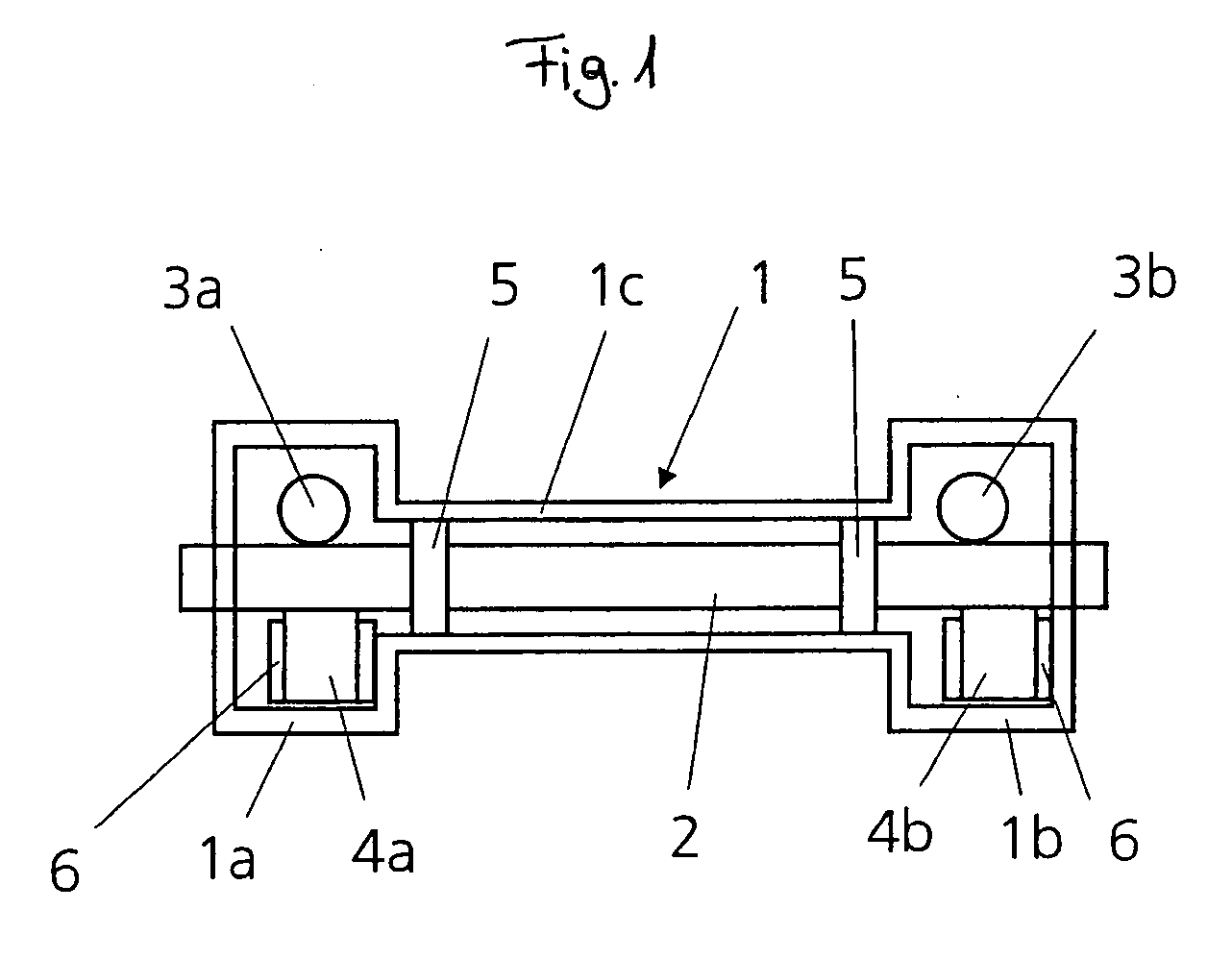Rack and pinion electro-steering
a technology of electro-steering and racks, which is applied in the direction of steering gears, power-driven steering, bearings, etc., can solve the problems of high noise generation, high noise source, and disturbing noise of rack-and-pinion electro-steering systems, so as to prevent dust, minimize noise between thrust members and housing parts surrounding thrust members, and move easily
- Summary
- Abstract
- Description
- Claims
- Application Information
AI Technical Summary
Benefits of technology
Problems solved by technology
Method used
Image
Examples
Embodiment Construction
[0022] Certain rack-and-pinion electro-steering systems are conventional and are generally used as an alternative to a hydraulic system. Rack-and-pinion electro-steering systems essentially exist as pinion drives, as double pinion drives or as axially parallel drives. Depending on the arrangement, one or two pinions engage in the rack.
[0023]FIG. 1 illustrates a section of a rack-and-pinion electro-steering system having a housing 1 and a rack 2 extending within it. Rack 2 is operatively connected with two pinions 3a, 3b, each of which includes one thrust member 4a, 4b assigned to it. Pinion 3a is connected in the exemplary embodiment to a servo-side or an electric motor, while pinion 3b is connected to a sensor side or to a steering column.
[0024] Between rack 2 and the cylindrical part 1c of housing 1 surrounding rack 2, two bearings in the form of sliding bearings 5 are arranged. Sliding bearings 5 are used for guiding rack 2 in housing 1, which means that this task no longer has...
PUM
 Login to View More
Login to View More Abstract
Description
Claims
Application Information
 Login to View More
Login to View More - R&D
- Intellectual Property
- Life Sciences
- Materials
- Tech Scout
- Unparalleled Data Quality
- Higher Quality Content
- 60% Fewer Hallucinations
Browse by: Latest US Patents, China's latest patents, Technical Efficacy Thesaurus, Application Domain, Technology Topic, Popular Technical Reports.
© 2025 PatSnap. All rights reserved.Legal|Privacy policy|Modern Slavery Act Transparency Statement|Sitemap|About US| Contact US: help@patsnap.com


